Tia Watson
Advisor: Terri Fuglem
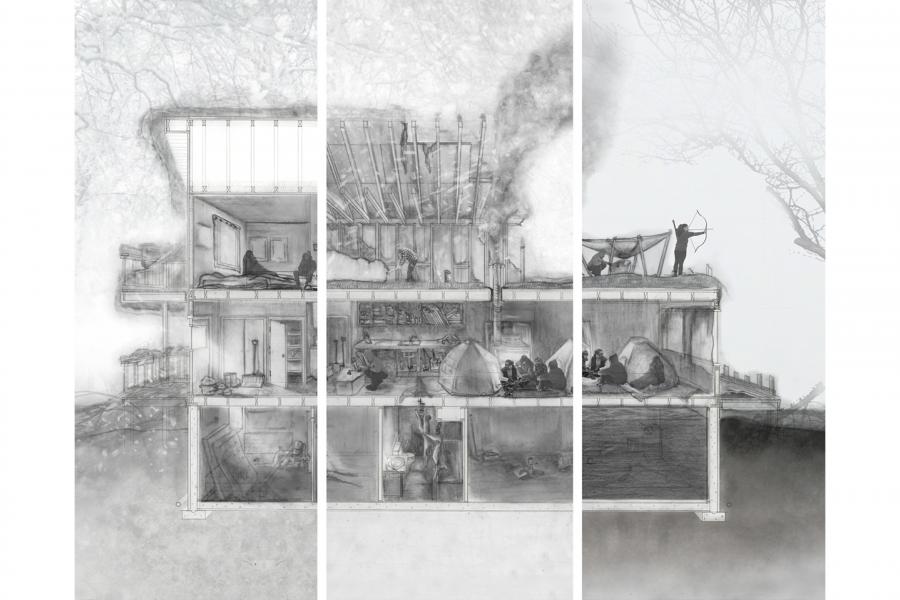
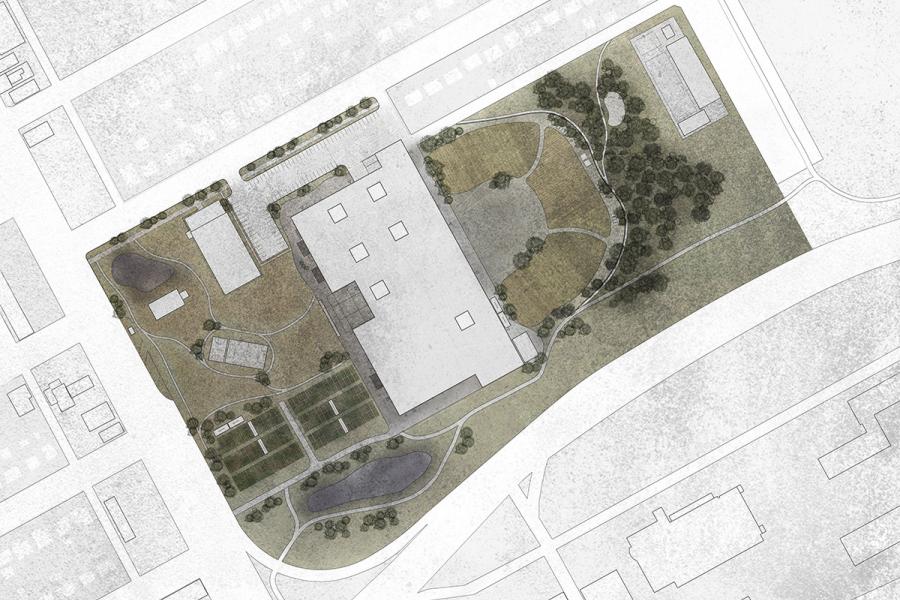
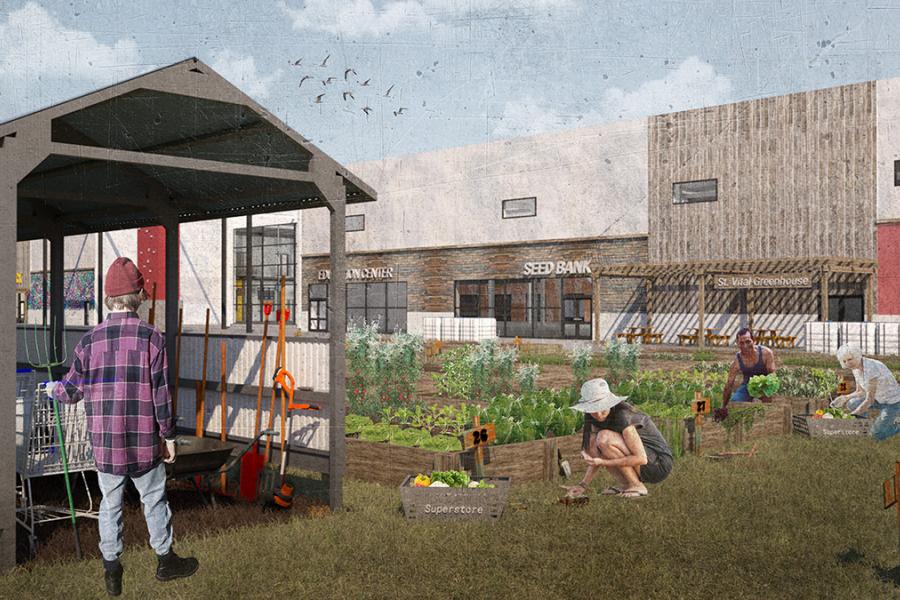
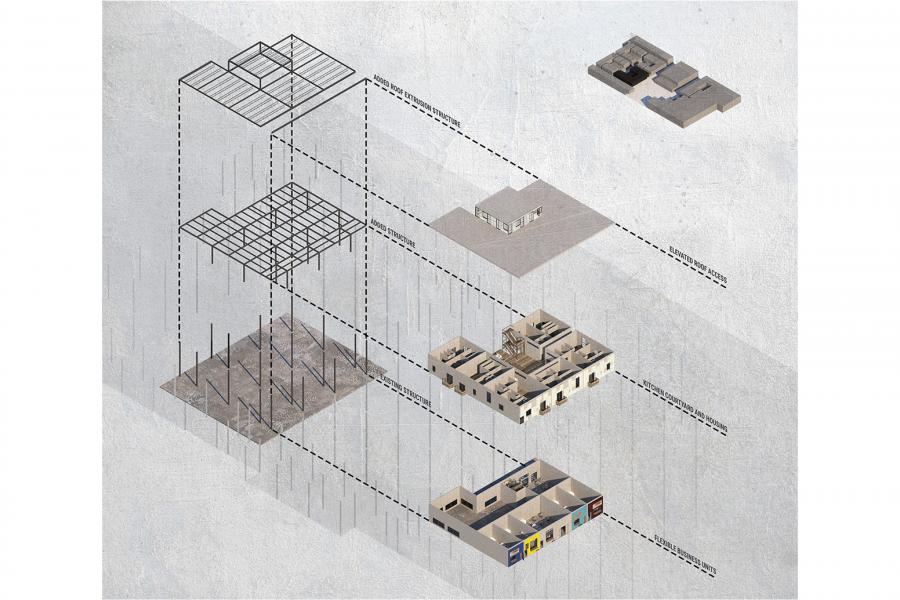
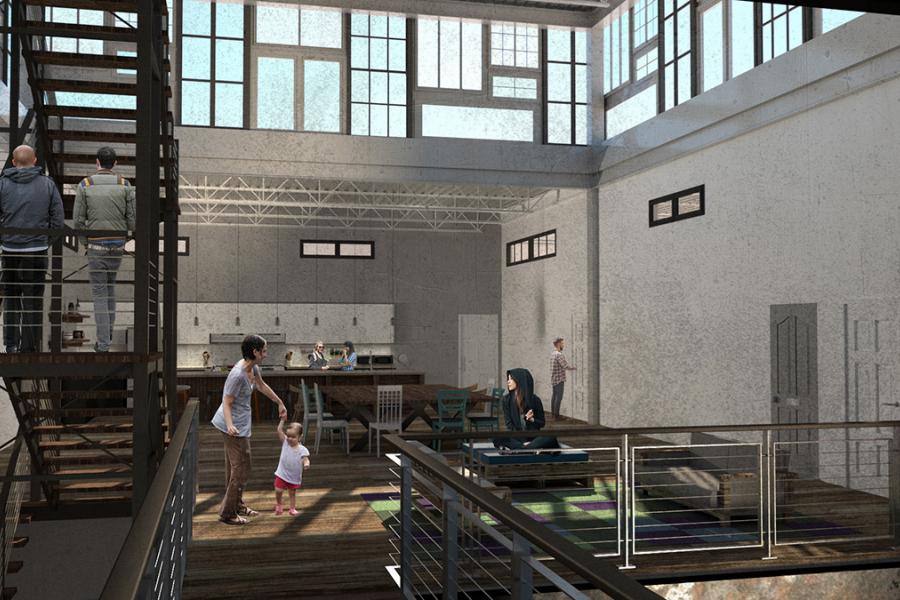
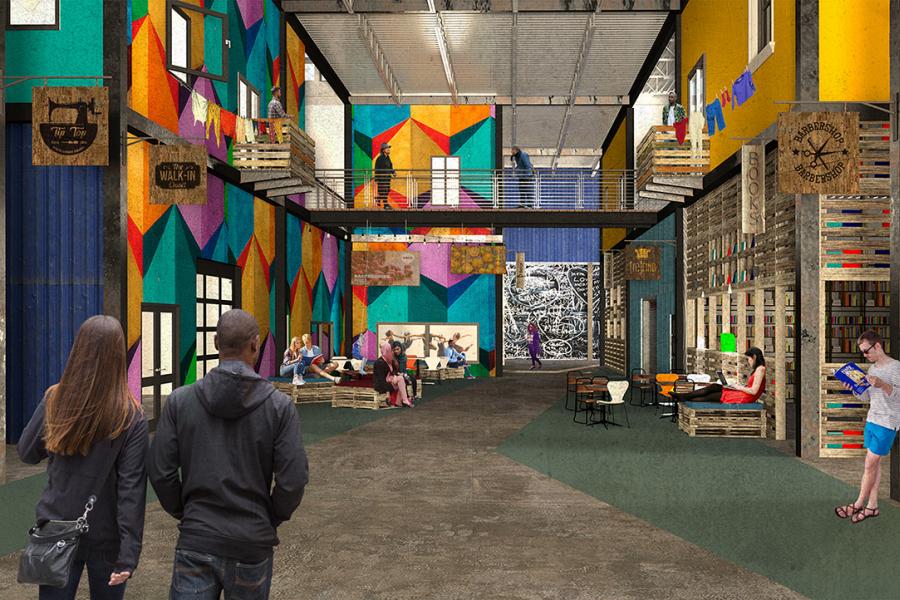
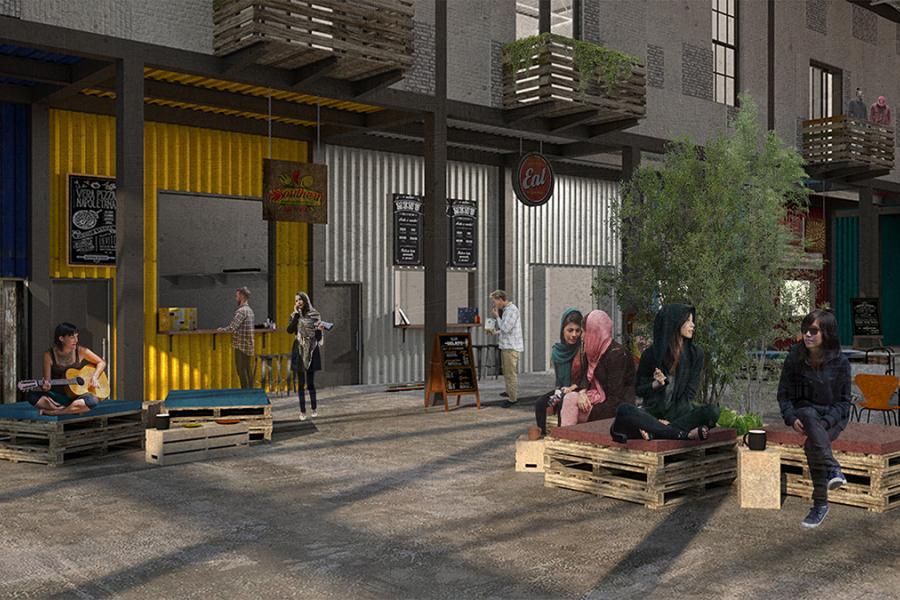
Living in Chaos: Challenging the Architectural Ethos
2030
The year is 2030, our civilization was unable to meet the IPCC (Intergovernmental Panel on Climate Change) target of keeping global warming levels under 1.5˚C. The planet now sits at 3˚C above pre-industrialized levels, and a series of feedback loops have been initiated that have sent the globe into climate chaos.
Sea levels have risen by two feet and more than 300 million people have been displaced from coastlines worldwide.1 The last of the world’s aquifers have been drained, eliminating the global ‘savings account’ of freshwater. Day Zero2 has been declared in over half of cities across the world. Global food shortages have resulted from the agricultural industries inability to cope with water shortages and the unpredictability of seasons. Civilization is no longer focused on building careers, starting families, acquiring wealth or economic growth; rather they are faced with extreme weather year-round, a constant flow of climate refugees, and astronomical food, water, and fuel prices.
2020
Today, our world is overwhelmed with the science behind climate change. We are faced with the realization that what we do now will influence the rest of human existence. The role that Architecture plays in the climate crisis is not one that can be ignored. Our built environment accounts for nearly 40% of global carbon emissions and has irreversible effects on natural habitats.3
This thesis questions what it means to be an architect in the wake of the climate crisis, and what the profession can, and arguably should, be doing to have a positive impact on the future of our planet. It questions the appropriateness of continuously adding to the built environment, rather than re-purposing the existing. These questions are explored through community scale architectural interventions that strive to increase resiliency in the face of disaster. The final architectural proposition centers around retrofitting a big box store in Winnipeg, Manitoba to provide a more localized and diversified economic, social, and environmental structure within the existing site.
1Rising sea levels pose threat to homes of 300m people – study (https://www.theguardian.com/environment/2019/oct/29/rising-sea-levels-pose-threat-to-homes-of-300m-people-study)
2“The World’s Water Crisis”. Explained. Produced by Frank Matt. United States of America: Netflix Studios, LLC, 2018.
Day Zero defines the first day that freshwater supplies are turned off in a city. It is estimated that in the next decade hundreds of cities worldwide will have declared day zero.
3“Architects Declare Climate Emergency,” The Ecologist, May 31, 2019, https://theecologist.org/2019/may/30/architects-declare-climate-emergency.
